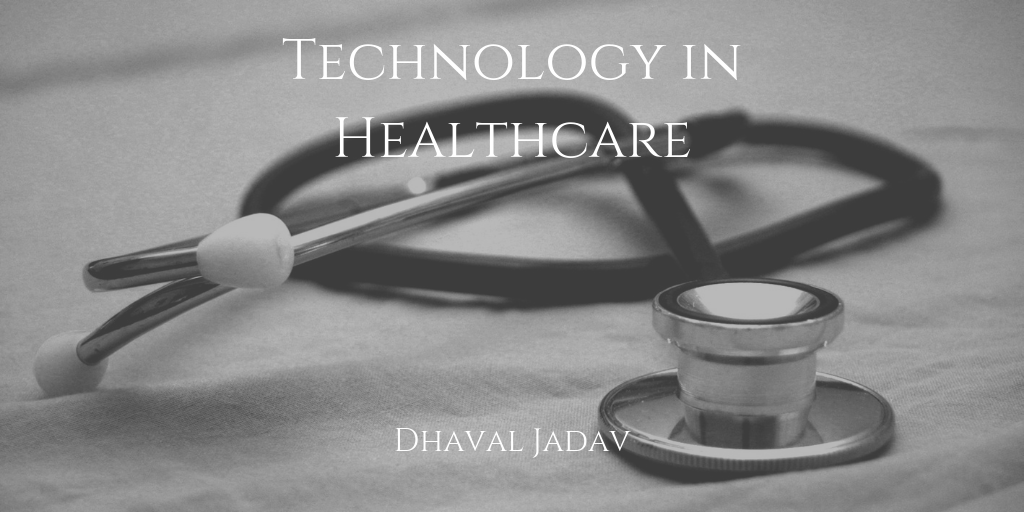Technological advances are used on a daily basis by millions of people around the world. Technology makes our lives more convenient and industries more productive. However, innovations made in the medical field save lives and improve our quality of life.
Telemedicine
Telemedicine involves using online communication to enable patients to consult with physicians and other health care professionals between distances. The technology is especially beneficial to people living in rural areas around the world where healthcare facilities are not readily available. An individual having a health concern need merely visit with a physician on their computer to discuss concerns and receive recommendations or treatment. The Alliance for Connected Care reports that patients save hundreds of dollars through access to this technology.
Telehealth services are also often used in critical care centers to monitor patients. A report published in the “CHEST Journal” explains that the advances in equipment reduce mortality rates by 26 percent. Patients also leave the units 20 percent faster.
Remote Monitoring
By wearing or connecting with various types of electronic devices, physicians are able to monitor a patient’s vital signs and medical condition from a distance. As of 2012, approximately three million people around the world benefited from using some type of health monitoring device.
Artificial intelligence
Artificial intelligence devices are created with algorithms that are able to make calculations and predictions exponentially faster than humans. When the Ebola outbreak began, pharmaceutical companies implemented a program known as Atomwise to search through medication databases and locate formulations that might be useful in treating the disease. AI can also be used to predict patient outcomes, potential complications and recommended treatment protocols.
3D Printing
The introduction of 3D printers opened the realm of possibilities in the medical field. The technology has been used to create living tissues and organs from cells obtained from patient donors. Bones and synthetic skin have also been successfully created. Three-dimensional printers have also proven useful in the field of orthopedics. Amputees benefit from being fitted with customized prosthetics created using a 3D printer. In fact, there are software programs now available to printer owners who have taken it upon themselves to create prosthetic limbs for patients around the world.
Robotics
The da Vinci robot performs different surgical procedures. The devices are continually evolving to have the ability to perform many different tasks, which makes them more useful. Robotics are also useful for disinfecting entire rooms or monitoring patients.


Recent Comments